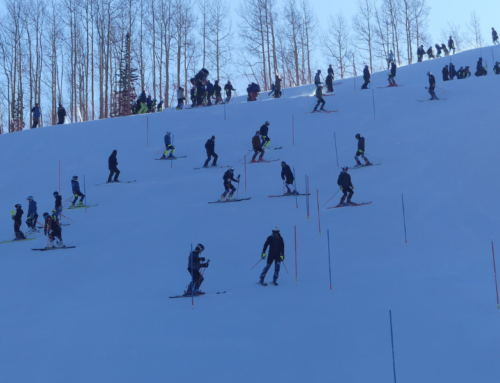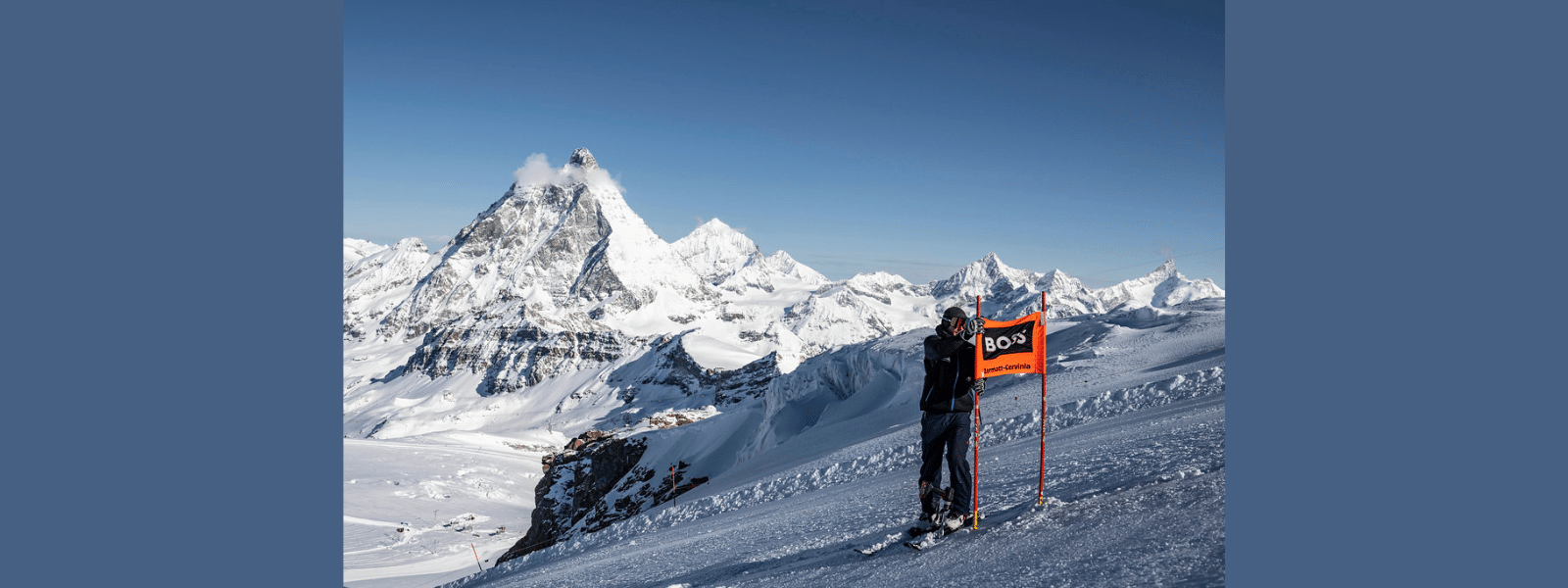SuperTour 2007 launches with new hope to ski to top
Elite cross-country skiers know that opportunities are slim when it comes to competing at the very top level of their sport.
The Cross Country SuperTour, basically nordic skiing’s Continental Cup and the equivalent to alpine’s NorAms, amounts to 26 sprint and long-distance races this season at 10 venues, including the famed American Birkebeiner.
The prize purse will amount to $130,000 and the tour culminates with the U.S. short-distance and long-distance championships March 29-April 1 in Presque Isle, Maine. ELITE CROSS-COUNTRY skiers know that opportunities are slim when it comes to competing at the very top level of their sport.
ELITE CROSS-COUNTRY skiers know that opportunities are slim when it comes to competing at the very top level of their sport.
The Cross Country SuperTour, basically nordic skiing’s Continental Cup and the equivalent to alpine’s NorAms, amounts to 26 sprint and long-distance races this season at 10 venues, including the famed American Birkebeiner. The prize purse will amount to $130,000 and the tour culminates with the U.S. short-distance and long-distance championships March 29-April 1 in Presque Isle, Maine.
Although the SuperTour coincides with many of the 2007 World Cup stops, World Cup-level racers often try to make as many as the races as they can throughout the season. The top male and female at the end of the SuperTour earn automatic World Cup spots for the following season.
“It’s a way to gain access to the World Cup for people who are outside of the World Cup team,” U.S. Nordic Director Luke Bodensteiner said. “Dave Chamberlain qualified last year. He gets to ski the World Cup until Christmas. If they start skiing well enough there, they stay. If not, they come back and race in North America.”
Karin Camenisch was the top points earner for women in last year’s SuperTour. Although she is Swiss, the same guidelines apply for racers of any nationality on the tour: the top finisher earns the right to compete on the World Cup. The tour’s most remarkable story to this end involves Russian racer Ivan Babikov, who won the tour in 2005 after some hardship trying to break into the Russian World Cup team. Babikov, who lives in Canada most of the time, would take his earnings after every tour win and send them to his wife and toddler, in hopes of one day bringing them to North America. Last year his longtime dream came to fruition when, after winning the SuperTour title, he began competing on the World Cup and in the Torino Olympic Games, where he finished 13th in the pursuit.
“For him, it was a Cinderella story,” Bodensteiner said. “This is a guy who showed up in the U.S. who was basically nothing. He would race every race. A few minutes after getting off the podium, he’d be down at Western Union sending [the prize money] home.”
American World Cup racers Kikkan Randall, Kris Freeman, Carl Swenson and Andy Newell also excelled on the World Cup after winning SuperTour titles. When their schedules allow it, they make a point to race on the SuperTour.
“I think they’ve done a real good job keeping it up,” said Newell, who was the 2004 SuperTour sprint champion. “Cross-country skiing has been growing in the U.S. It’s starting to go up in prize money, which allows for World Cup skiers like myself, also skiers that just race domestically, to make a living by traveling around.”
The SuperTour was launched in 1997 and has stuck with most of the same venues since, adding a few along the way, such as metropolitan races where city streets are sectioned off and spectators have easy access to the course. Many races are hosted by local ski clubs and are open to anyone who wants to compete.
“It’s a tool for us to increase the depth of the racing we have here,” Bodensteiner said. “We have a core of our best development athletes competing and about 30 foreign skiers. It’s also been a fun tour for our top athletes.”
The 2007 SuperTour begins Nov. 24-25 in West Yellowstone, Montana.
The 2007 USSA Cross Country SuperTour schedule
Nov. 24-25 — West Yellowstone, Montana
– Men’s & women FR sprint
– Men’s 10 km CL/women’s 5 km CL
Dec. 2-3 — Bozeman, Mont.
– FR sprint
– Team CL sprint
Dec. 6-10 — Sun Valley, Idaho
– CL Sprint
– Men’s 15 km CL/women’s 10 km CL
– Men’s 30 km FR/women’s 15 km FR*
Dec. 16-17 — Soldier Hollow, Utah
– Men’s 15 km FR/women’s 10 km FR
– CL sprint
Jan. 3-7 — Houghton, Michigan
U.S. Short Distance Championships
– Men’s 10 km CL/women’s 5 km CL
– Men’s 15 km FR/women’s 10 km FR
– CL sprint
– Team FR sprint
Jan. 13-14 — Madison Sprints in Madison, Wisconsin
– Team FR sprint
– CL sprint
Jan. 20-21 — Itasca, Minnesota
– Men’s 10 km CL/women’s 5 km CL
– Men’s 10 km FR/women’s 10 km FR
Jan. 24-28 — Telemark, Wis.
– FR sprint
– Men’s 10 km FR/women’s 5 km FR
– Men’s 15 km CL/women’s 10 km CL*
Feb. 3-4 — Minneapolis, Minn.
– FR sprint
– Men’s & women’s 30 km FR*
Feb. 10 — Aspen, Colorado
– Men’s & women’s 30 km FR*
Feb. 24 — Hayward, Wis.
– American Birkebeiner, 52 km FR
March 29-April 1 — Presque Isle, Maine
U.S. Long Distance Championships/SuperTour Finals
– Men’s 30 km (15 km +15 km) pursuit/women’s 15 km (7.5 km +7.5 km) pursuit
– Men’s 50 km FR/women’s 30 km FR*
(*mass-start race)





















